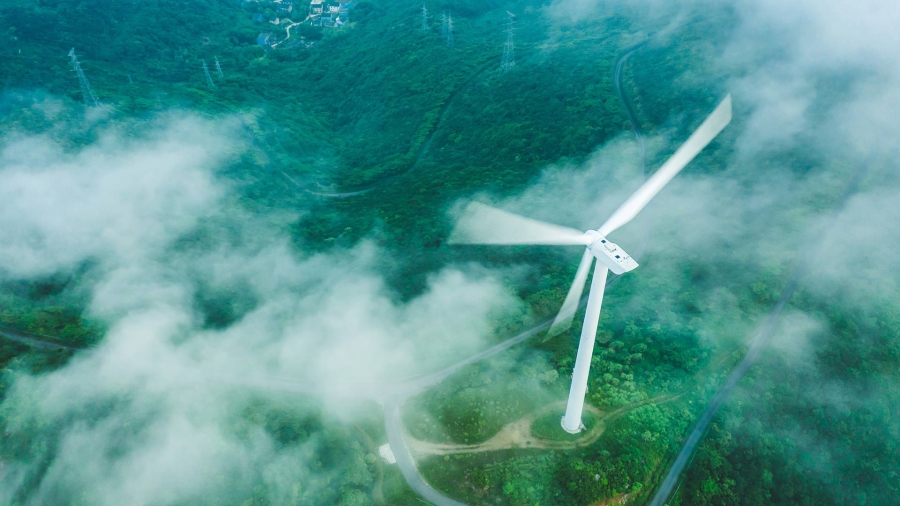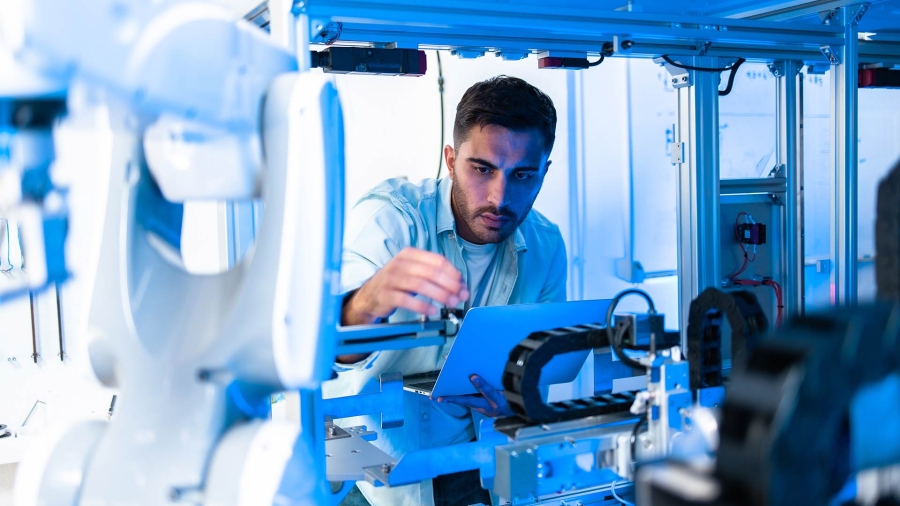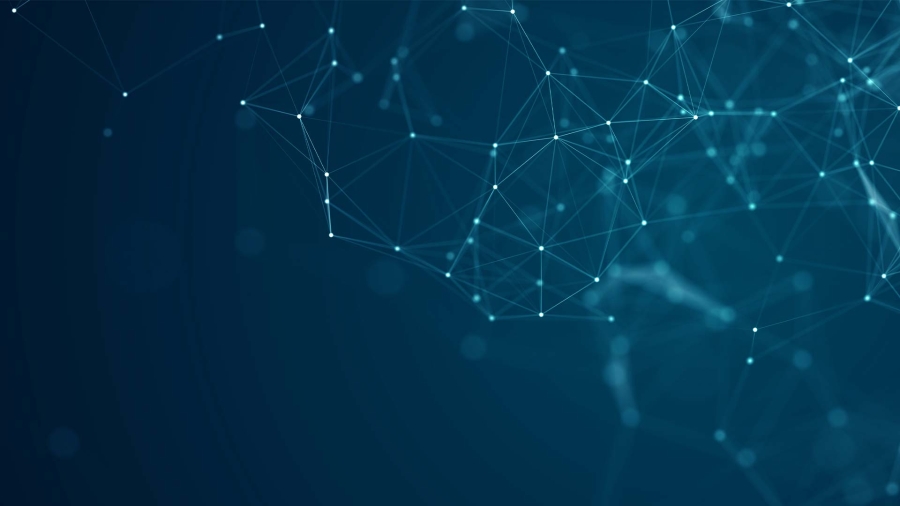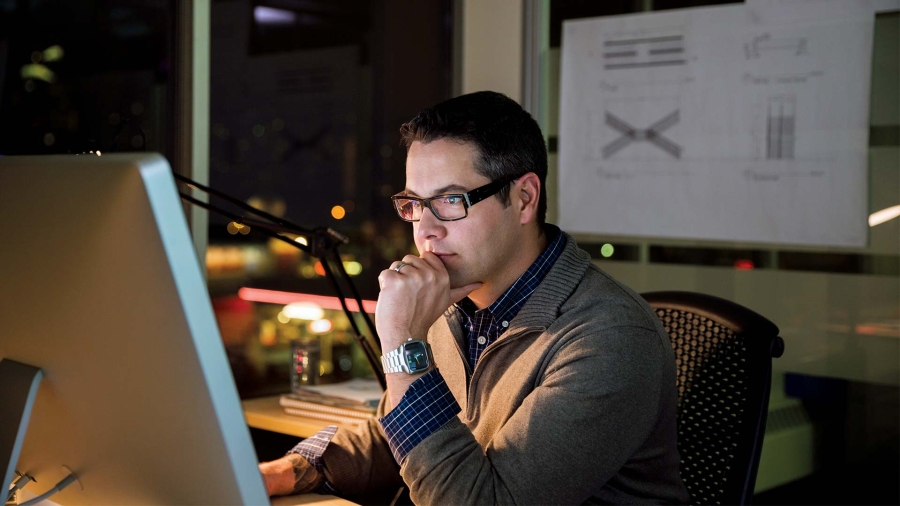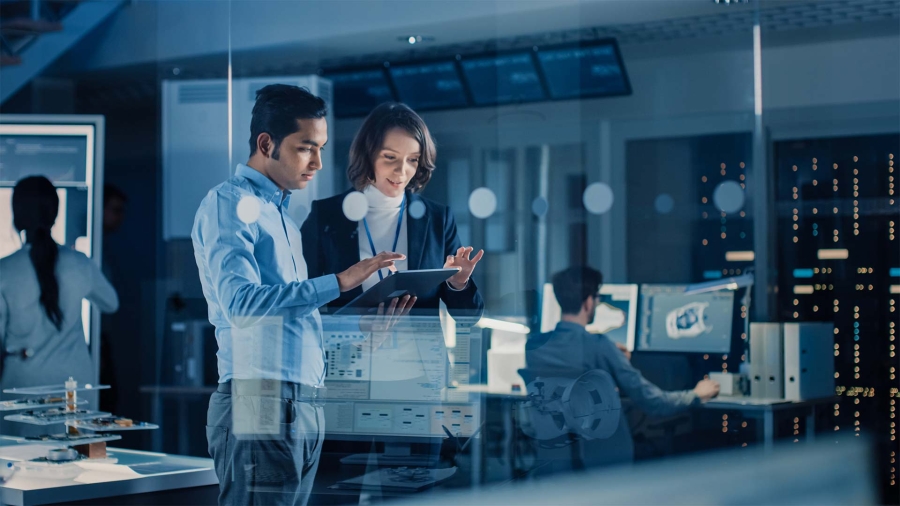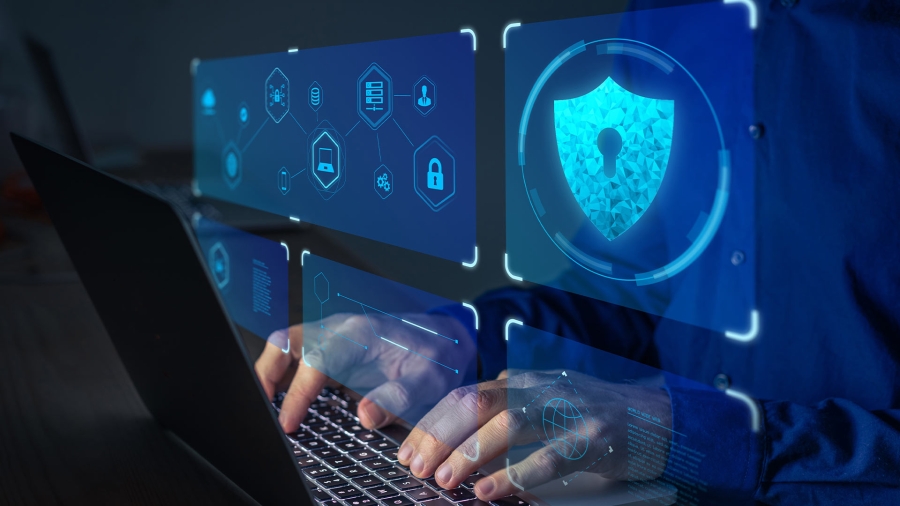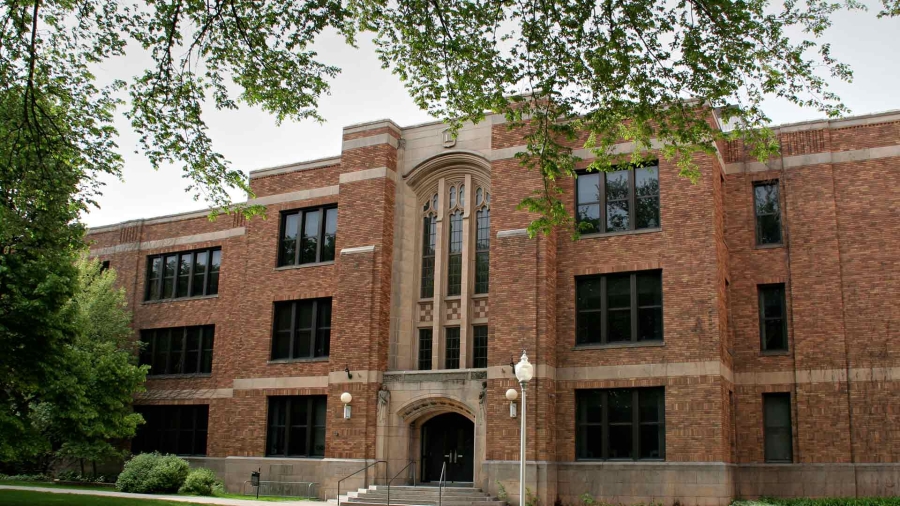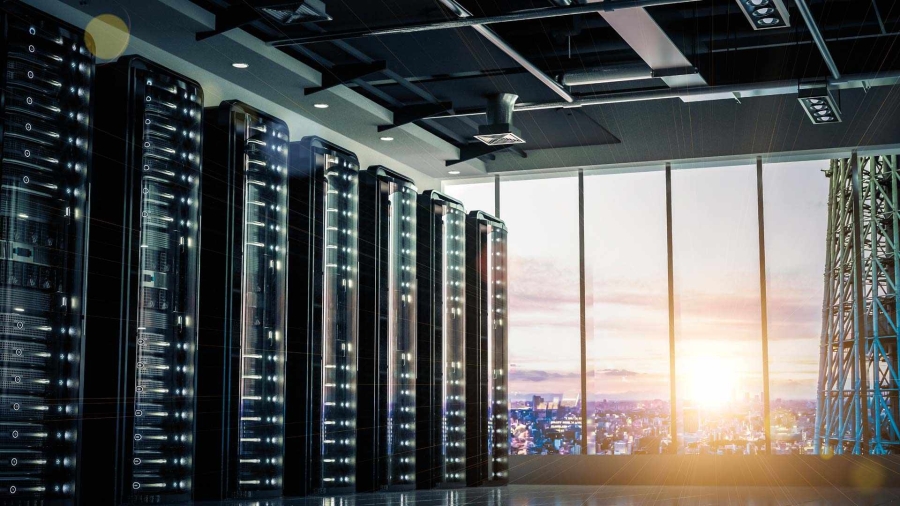- Energy security equals energy independence, and the key to that is greater electrification, digitization, and zero-carbon energy;
- Fortunately, there are many positive externalities for mass rollouts of this trio of existing, scalable technologies;
- We have to act immediately – it’s no longer a question of destination but of speed and scale.
Around kitchen tables, trading desks, and boardrooms, people around the world are reexamining the way forward on energy. It’s no different in Davos, as leaders convene for the World Economic Forum. It’s a critical moment in the energy transition.
In the last few months, timetables for transitioning away from imported fossil fuels have accelerated rapidly. And UN scientists’ calls for rapid emissions reductions remain as urgent as ever.
Against this backdrop, many climate activists worry that the turmoil in energy markets will shift priorities away from decarbonization. There’s certainly some truth to that in the short run, as countries seek new stop-gap energy supplies.
But we shouldn’t lose perspective on the long-term solution and the fact that one objective does not preclude the other — we can do both. We can attain more energy security and we can do that by continuing down the path to zero-carbon energy independence. In fact, energy security equals energy independence, and the key to that is greater electrification, digitization, and zero-carbon energy.
The solution for zero-carbon energy independence
In a nutshell, the solution consists of three approaches: electrification, digitized energy efficiency, and zero-carbon energy. Together, this trio of existing, scalable technologies can reduce energy demand while replacing imported fossil fuels with zero-carbon energy.
Electricity is the most efficient form of energy, and we should electrify every process we can. It’s cleaner and increasingly more cost-effective to cook without gas, heat buildings without oil, and fuel cars without gasoline. One example from the National Resource Defense Council in the US: an EV motor converts 85% of electrical energy into mechanical energy. Internal combustion engines only convert 40%. And of course, mass electrification reduces demand for fossil fuels.
Energy efficiency is another way to reduce demand for fossil fuels, and in fact, it’s the unsung hero of decarbonization. But efficiency isn’t limited to better insulation and better building designs. And it’s not just about replacing an old HVAC system with heat pumps. These steps make big impacts, but you can go much further.
Digital intelligence makes massive amounts of invisible energy waste visible. It’s the same principle as improving performance via a fitness tracker that visualizes your heart rate and calories burned. With AI, digital twins, and other software, it’s possible to create IoT-enabled “fitness trackers” for homes, office buildings, data centers, factories, and infrastructure.
When efficient machines operate within efficient systems, the result is digitized energy efficiency. By creating a digital thread across any facility’s lifecycle, it becomes possible to build carbon-negative data centers. It becomes possible to build an office building such as IntenCity, in Grenoble, France, that uses one-tenth of the average building’s energy consumption.
Even if you can shrink energy demand by 90%, you can’t bring demand down to zero. So, all this electricity must be generated without emissions. That’s where zero-carbon energy comes in. Wherever the sun shines and the wind blows, you can create energy. You can generate it on-site through a microgrid and distributed energy resources, as IntenCity does, or purchase it from the grid. Either way, you gain energy independence by locking in decentralized access, long-term pricing, or both.
Testing the theory
The first test: Do these solutions exist at scale? Unlike other cleantech innovations, the answer to that is a clear yes — these are all proven technologies that are widely in use already.
The second test: Do these triplet solutions actually solve the twin challenges we face? According to the latest energy and emissions models, there’s hope.
On decarbonization, three feasible Net Zero by 2050 pathways each build their pathways on the same solution set of electrification, digitized energy efficiency, and zero-carbon energy:
1) The International Energy Agency’s Net Zero Emissions by 2050 scenario.
2) The Schneider Sustainability Research Institute’s Net Zero Emissions by 2050 model.
3) The model from Rewiring America, a US think tank.
What about energy independence? An early analysis from the German think tank Agora Energiewende identifies a promising pathway to reduce 80% of the EU’s reliance on imported natural gas by the end of 2027. That pathway is built on the same trio of solutions.
It’s no coincidence that the solutions to both crises are the same. Fundamentally, both require us all to do more with less energy and fewer emissions. Electrification combined with digitization, otherwise known as Electricity 4.0, is how you do this at scale.
How we steepen the adoption curve
Although the math pencils are out, the work remains. We must do everything we can to accelerate the energy transition.
Fortunately, there are many positive externalities for mass rollouts of electrification, energy efficiency, and zero-carbon energy.
- In the IEA’s net-zero scenario above, the global gross domestic product expands by over 40% by 2030;
- Digitized and electrified homes can save homeowners 10-30% on electric bills, according to the Schneider Sustainability Research Institute;
- EnergySage, a digital marketplace for solar, found that US EV drivers spent 3.5x less on fuel than regular drivers in March 2022;
- In Rewiring America’s scenario above, embarking on a national effort to expand the trio of solutions would save US households up to $2,585 on annual energy costs while creating 25 million good jobs over the next 15 years. Agora Energiewende’s report projects similar economic gains in the EU.
Although there are no overnight fixes for the energy and climate crises we face today, there is a technologically viable fix for both: electrification, digitized energy efficiency, and zero-carbon energy. But we have to act immediately. It’s no longer a question of destination but of speed and scale.
This article was first published by The World Economic Forum on May 18, 2022.


